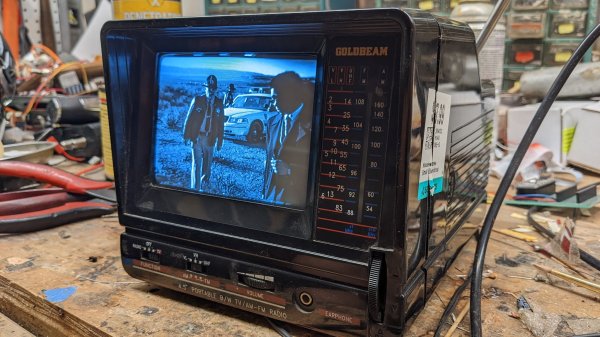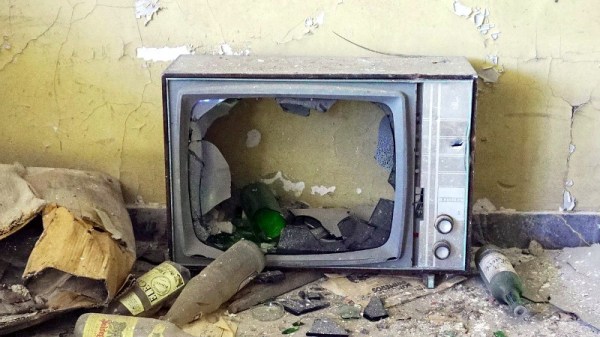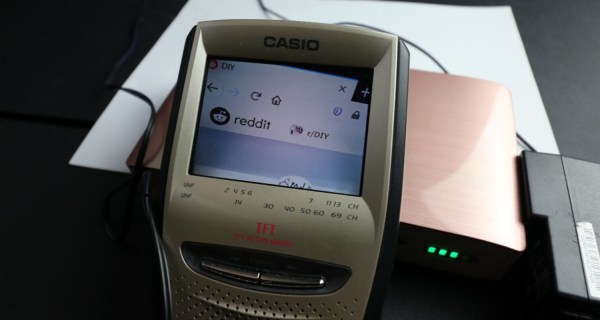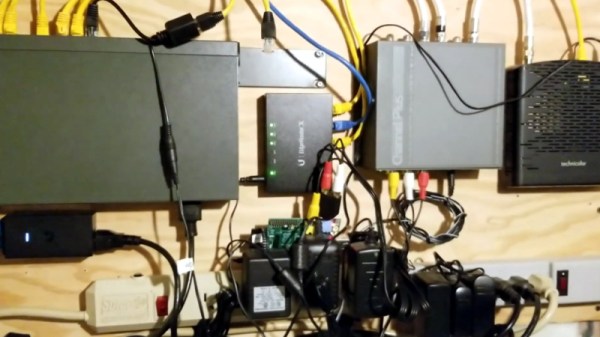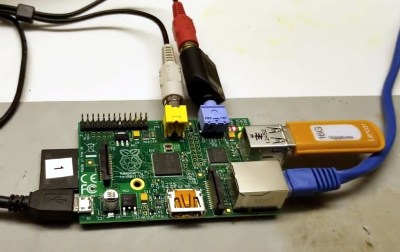Take a look at this video from [Reely Interesting], showing scenes from traditional Japanese festivals. It’s well filmed, and as with any HD video, you can see real detail. But as you watch, you may see something a little out of the ordinary. It’s got noise, a little bit of distortion, and looking closely at the surroundings, it’s clearly from the 1980s. Something doesn’t add up, as surely we’d expect a video like this to be shot in glorious 525 line NTSC. In fact, what we’re seeing is a very rare demo reel from 1985, and it’s showing off the first commercial HDTV system. This is analogue video in 1035i, and its background as listed below the video makes for a very interesting story.
Most of us think of HDTV arriving some time in the 2000s when Blu-ray and digital broadcasting supplanted the NTSC or PAL systems. But in fact the Japanese companies had been experimenting since the 1960s, and these recordings are their first fruits. It’s been digitized from a very rare still-working Sony HDV-1000 reel-to-reel video recorder, and is thus possibly the oldest HD video viewable online. They’re looking for any HDV-1000 parts, should you happen to have one lying around. Meanwhile, the tape represents a fascinating window into a broadcast history very few of us had a chance to see back in the day.
This isn’t the first time we’ve touched on vintage reel-to-reel video.



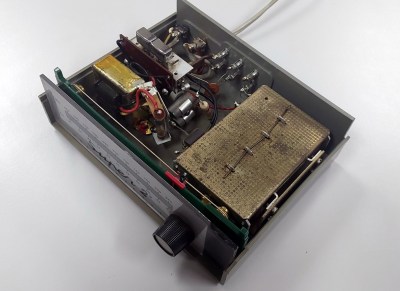 In a Dutch second-had store while on my hacker camp travels this summer, I noticed a small grey box. It was mine for the princely sum of five euros, because while I’d never seen one before I was able to guess exactly what it was. The “Super 2” weighing down my backpack was a UHF converter, a set-top box from before set-top boxes, and dating from the moment around five or six decades ago when that country expanded its TV broadcast network to include the UHF bands. If your TV was VHF it couldn’t receive the new channels, and this box was the answer to connecting your UHF antenna to that old TV.
In a Dutch second-had store while on my hacker camp travels this summer, I noticed a small grey box. It was mine for the princely sum of five euros, because while I’d never seen one before I was able to guess exactly what it was. The “Super 2” weighing down my backpack was a UHF converter, a set-top box from before set-top boxes, and dating from the moment around five or six decades ago when that country expanded its TV broadcast network to include the UHF bands. If your TV was VHF it couldn’t receive the new channels, and this box was the answer to connecting your UHF antenna to that old TV.